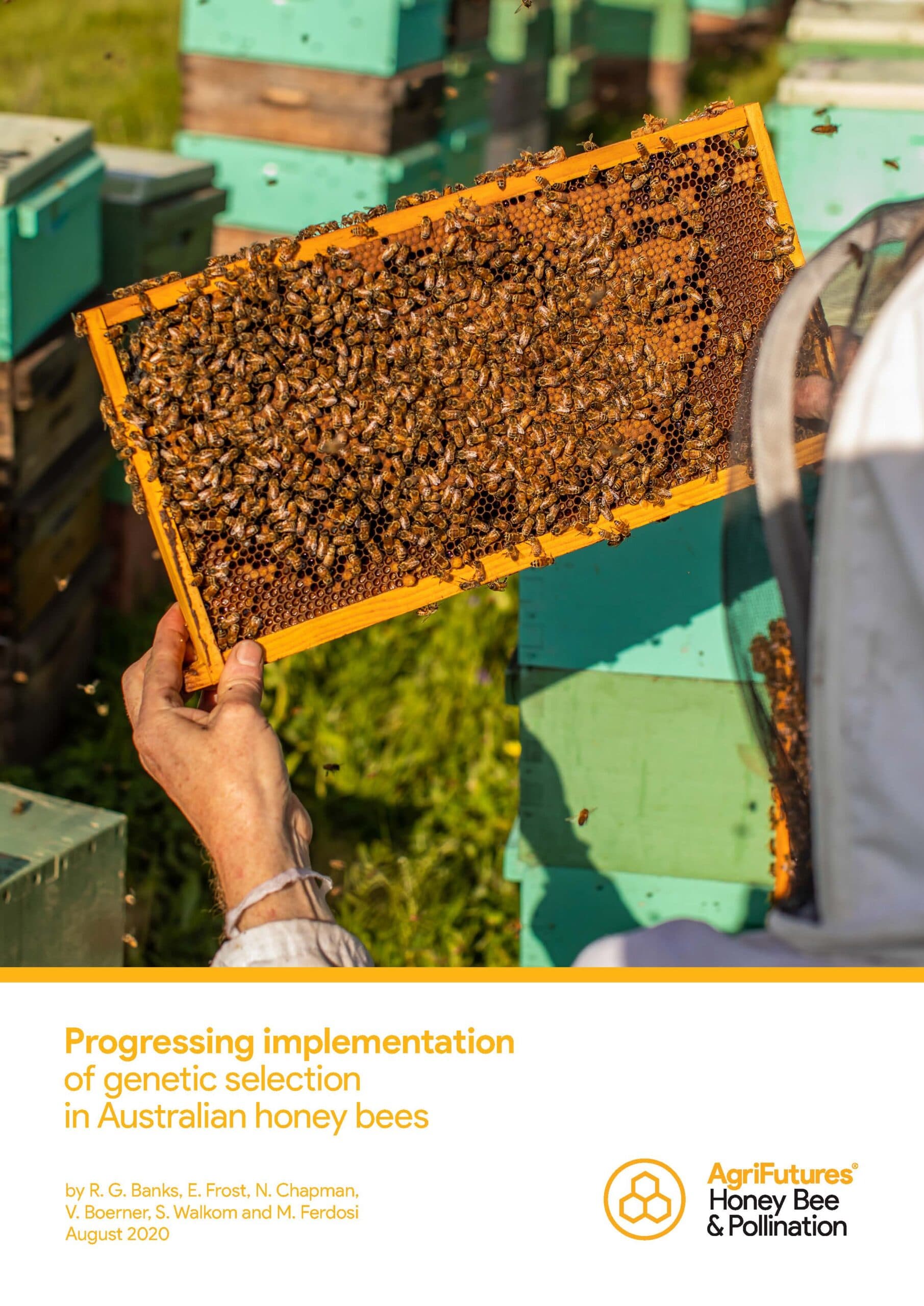Value of honey bee pollination to the Australian economy
Since the mid-1980s, economists have made numerous attempts at estimating the value of honey bee pollination to the Australian economy. The exercise is not straightforward,...
 HONEY BEE & POLLINATION
HONEY BEE & POLLINATION 
76 pages
Published: 20 Aug 2021
Author(s): R. G. Banks, E. Frost, N. Chapman, V. Boerner, S. Walkom, M. Ferdosi
ISBN: 978-1-76053-194-2
Download report PDF
DownloadPurchase a hard copy - AUD $50
The European honey bee (Apis mellifera) is one of the most important insects in Australia because it produces honey and provides pollination services. Pollination alone is worth more than $14 billion to the Australian economy and requires about 530,000 hives each year. The declining terms of trade and the increasing requirement of pollination services indicate the honey bee industry is ready for a significant change. Genetic improvement has provided this step-change for animal industries over the past 50 years. Now is the time for the honey bee industry to consider how genetic improvement could be harnessed to meet pollination needs in the future.
Genetic improvement involves using a number of methods, including genomic tools, to drive improvement in honey bee traits important to producers, such as honey production, temperament, disease resistance and pollination services. Seeking genetic improvement of hives can increase the viability of honey production, increase industry resilience in times of change, and increase pollination efficiency and effectiveness. However, developing and implementing a genetic improvement plan for any industry takes significant research and investment.
This research continues work previously undertaken in the AgriFutures Australia project Genetic Evaluation of Australian Honey Bees using BLUP procedures to understand and develop a genetic improvement plan for the honey bee industry. The project demonstrates that establishing estimated breeding values for queens around honey production and other scored traits can be achieved at any scale. The project delivered DNA sampling protocols for genomic identification and understanding of genetic relationships. A number of scenarios were developed within this research for consideration by the honey bee industry on how a genetic improvement program could be implemented and what the costs associated with this implementation would be.